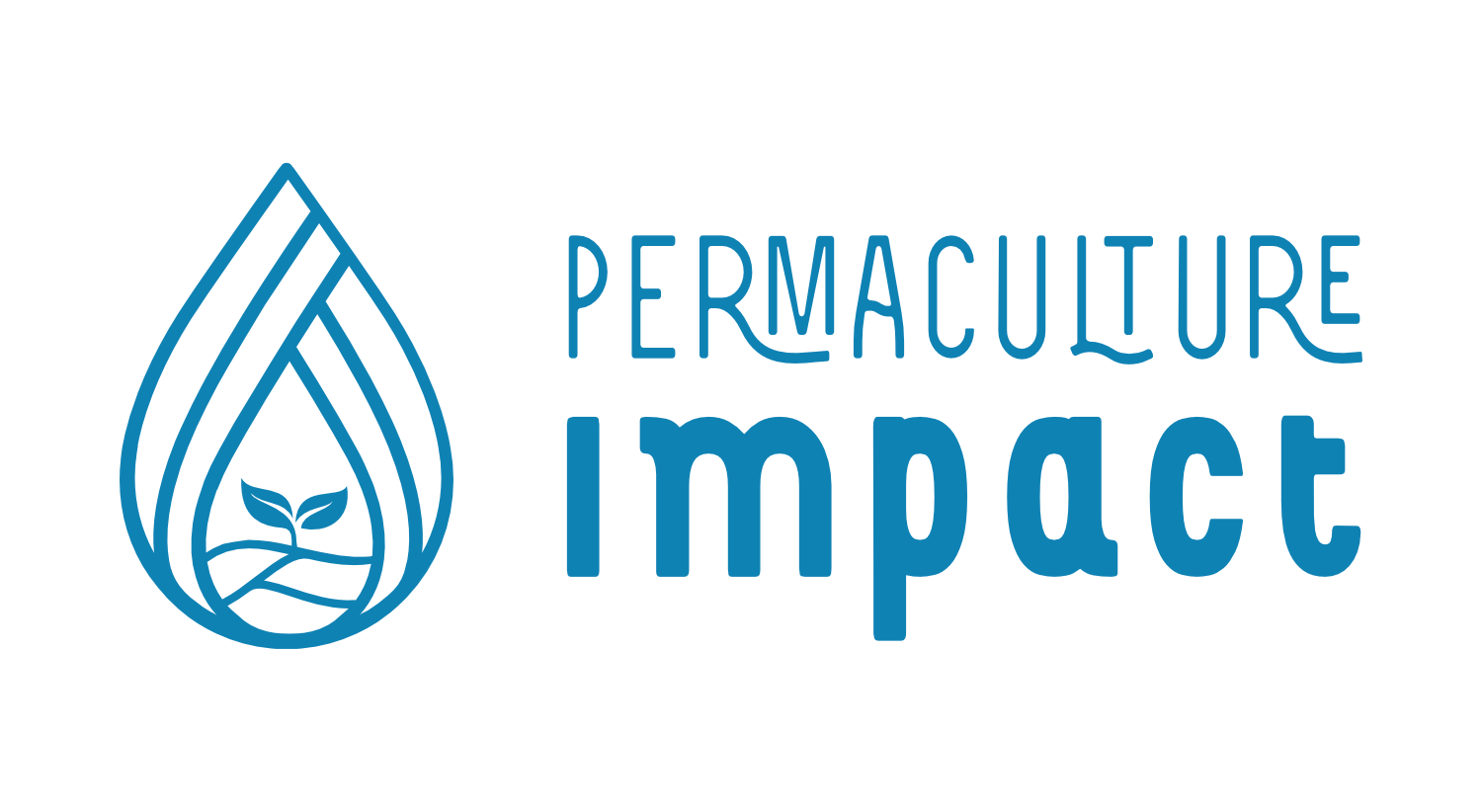Inputs, Outputs, Outcomes, and Impact
Outputs, outcomes, impacts
Inputs, outputs, outcomes and impacts are fundamental concepts in evaluation. Understanding the difference between them helps you map how your activities contribute to meaningful change—especially the outcomes, which are at the heart of evaluation work.
We’ll walk through each term with clear definitions and examples, and pay special attention to intermediate and long-term outcomes, which are crucial in communicating your project’s contribution.
Definitions that we use in our courses:
| Element | Definition | Describes | Relates to |
| Inputs | Resources used in the project (time, people, materials, knowledge) | What you invest | Project resources |
| Outputs | The direct, tangible products of your activities | What you produce | Project activities |
| Outcomes | The short- or medium-term results of your outputs. These can be positive or negative, expected or unexpected, and direct or indirect. | What changes | Project objectives |
| Impacts | The long-term, broader changes that result from your outcomes. These often align with systemic change or strategic goals. | What transforms | Project vision or aims |

Let’s look at how these apply in real-life permaculture settings:
Example 1: Community Food Forest
- Inputs: Tools, plants, community volunteers, training sessions
- Outputs: A designed food forest, planted trees and shrubs, workshops delivered
- Outcomes: Increased knowledge of food forest systems, active community involvement, regular harvests of fruits and herbs, improved local food access
- Impacts: Better nutrition, greater food sovereignty, stronger local ecosystems
Example 2: Permaculture Training Course
- Inputs, Facilitators, materials, learning venue, curriculum
- Outputs: Participants trained, course materials shared
- Outcomes: New skills in sustainable agriculture, personal motivation to act, graduates starting new projects, applying permaculture in their lives
- Impacts: Regional shifts in land use, more resilient local food systems
Remember: what counts as an “output” in one project may be an “input” in another. For instance, a community food forest is:
- an output in a forest design project
- an input in a training programme using it for practical sessions
So don’t get stuck on labels—focus on understanding the change pathway in your context. Tools like our Change Pathways Map can help you visualise this flow clearly.
Multiple dimensions
In permaculture, outcomes and impacts often affect different parts of sustainability. To evaluate in a complete way, we look beyond just one measure (like yield or income) and ask: how does this project affect ecological, social, economic, and cultural systems?
These dimensions align with the Four Pillars of Sustainability used in the Make a Plan course:
| Dimension | Example Outcomes or Impacts |
| Ecological | Increased biodiversity, improved soil fertility, restored habitats |
| Social | Greater community cohesion, enhanced knowledge-sharing, improved health |
| Economic | More resilient livelihoods, reduced costs through self-sufficiency, income generation |
| Cultural | Reviving local traditions, increased community pride, knowledge of ancestral practices |
Projects may influence some or all of these dimensions. Recognizing and measuring them helps communicate the full value of your work, and aligns with permaculture’s systems-thinking approach.
Don’t worry about getting every label exactly right from the start. Begin with a draft Change Pathway and reflect on where change is happening—and for whom. Over time, you’ll clarify which are your key outcomes and impacts.
